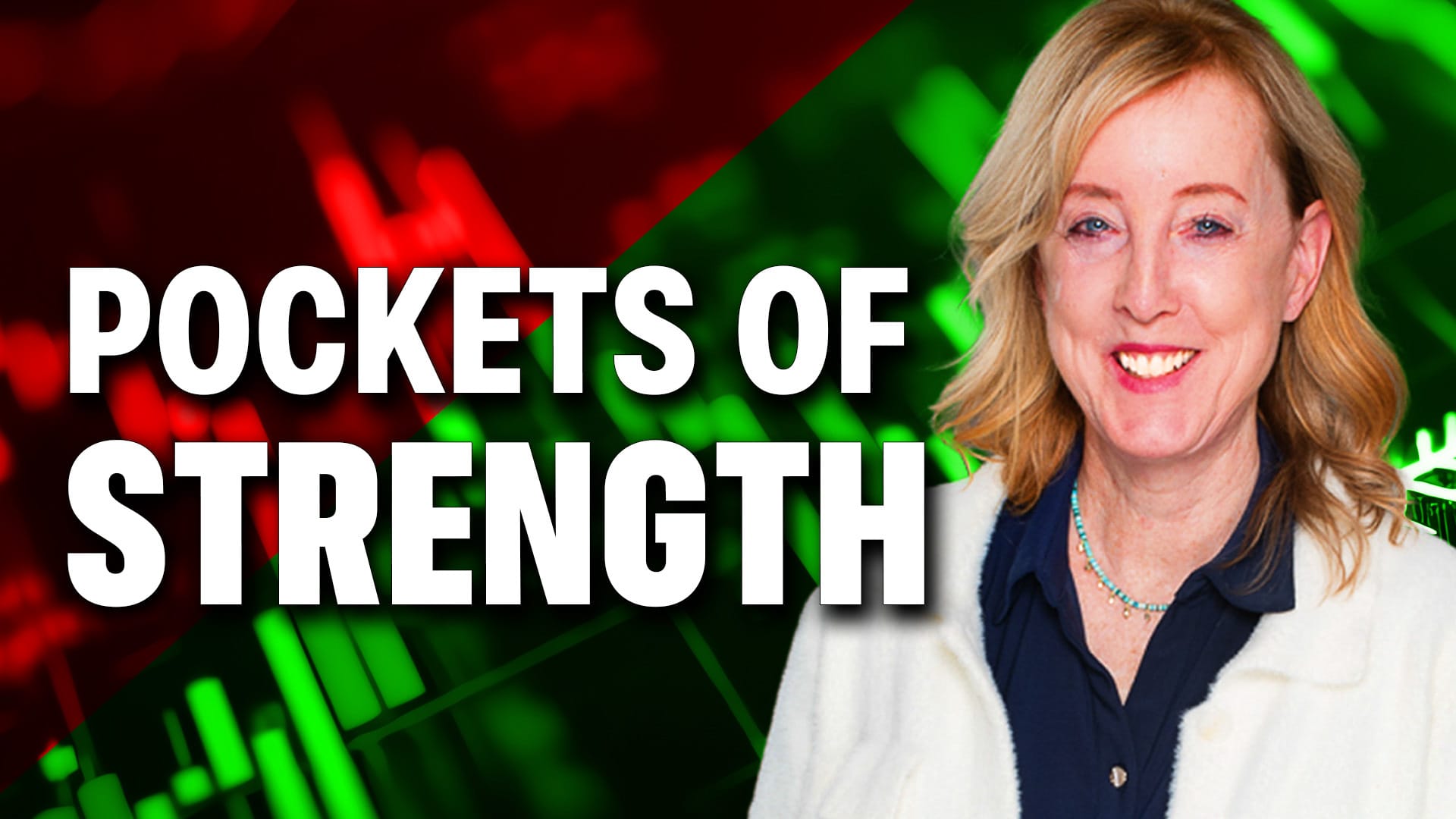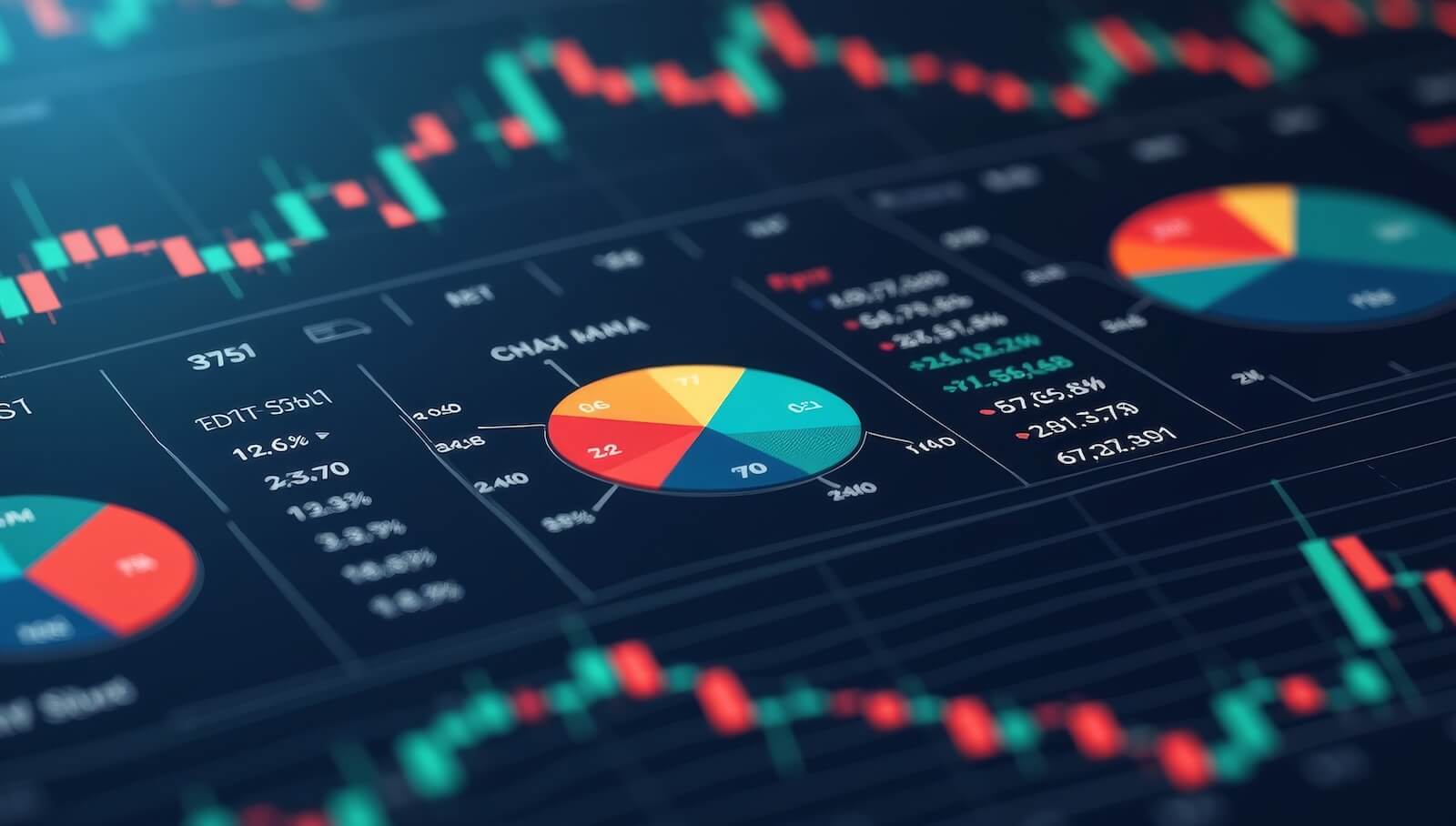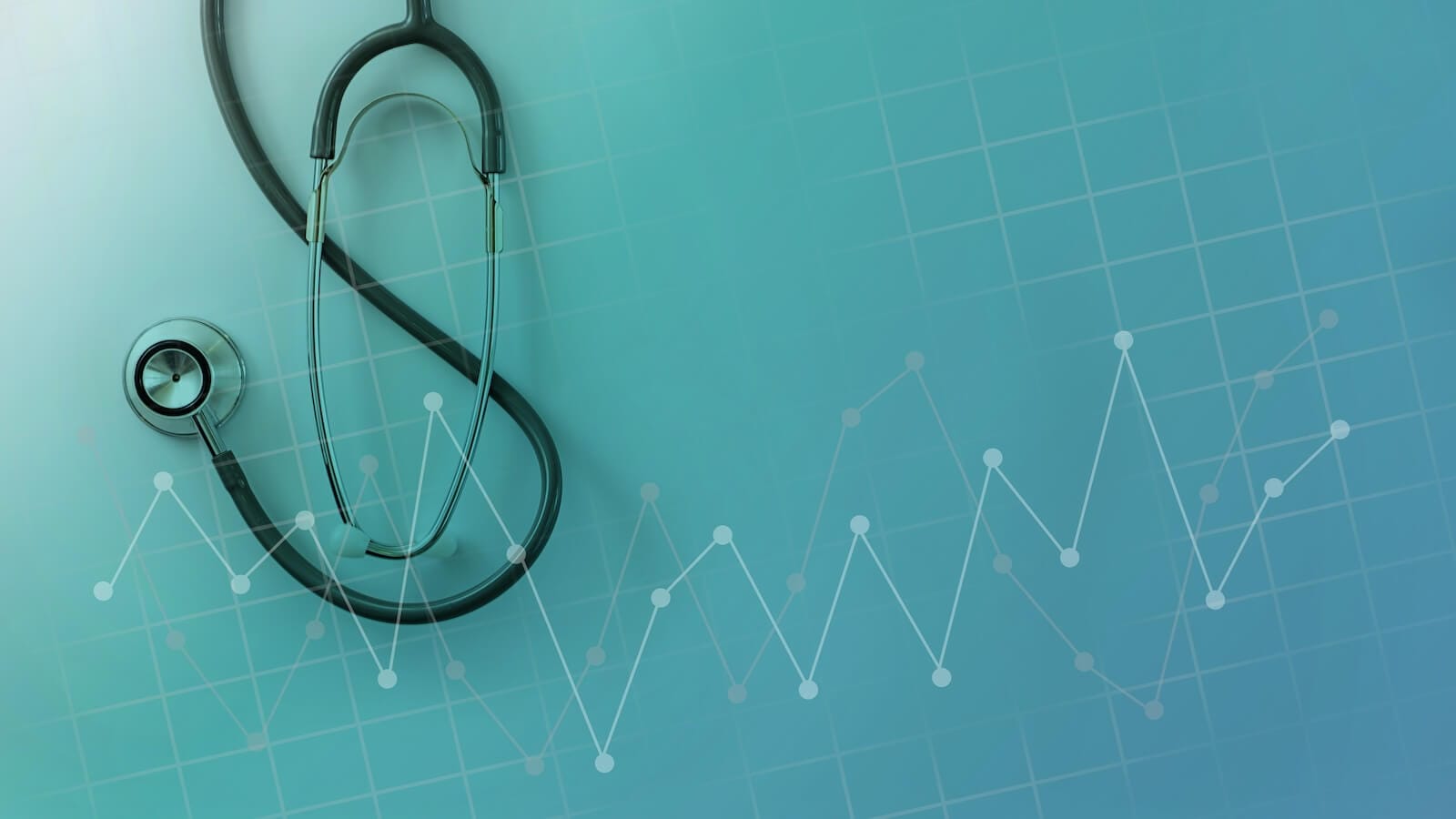HEALTHCARE HAS BECOME THE YEAR' STRONGEST SECTOR -- AND IS BEING LED HIGHER BY DRUG STOCKS -- JOHNSON & JOHNSON IS THE DAY'S DRUG LEADER -- LILLY, MERCK, AND PFIZER NEAR NEW RECORDS
DEFENSIVE HEALTHCARE SECTOR CONTINUES TO LEAD ... Healthcare has emerged as the market's strongest sector. Not only has healthcare been the market's strongest sector over the last month, the last three months, and the last six months. It's now the top performer for the year. Its relative strength ratio (top box in Chart 1) has now risen to the highest level in more than two years. That's partially due to the fact that the two former sector leaders, consumer discretionary and technology stocks, have lost a lot of ground over the last month. But there may be another reason. A previous message written on September 28 suggested that money was rotating into healthcare stocks as a defensive hedge against an aging bull market. Plus the fact that healthcare represents one of cheaper sectors in the overall market. The daily bars in Chart 1 show the Health Care SPDR (XLV) trading back over its 50-day average for the second day in a row as the market is attempting a rebound from last week's heavy selling. Defensive utility stocks are the only other sector to do that, which also suggests a more defensive attitude on the part of investors. Another sign of a more defensive tilt is that the XLV is being led higher by pharmaceutical stocks.

(click to view a live version of this chart)
Chart 1
PHARMACEUTICALS ISHARES BOUNCE OFF 200-DAY LINE ... Chart 2 shows the U.S Pharmaceuticals iShares (IHE) bouncing impressively off its 200-day moving average. Pharma has emerged as the strongest part of the healthcare sector over the last month. I suspect that represents an even more defensive tilt in a generally defensive sector. The IHE is being led higher by large pharma stocks like Eli Lilly, Merck, Pfizer, and Johnson & Johnson (JNJ). All are trading above their 50-day lines. JNJ is today's leader. Chart 3 shows Johnson & Johnson climbing more than 2% today and trading back aboves 50-day average (blue line). Its relative strength ratio (top box) has now reached the highest level in nine months. Lilly, Merck, and Pfizer are already trading near record highs. How many other stocks can say that this week?

(click to view a live version of this chart)
Chart 2

(click to view a live version of this chart)
Chart 3
ELI LILLY NEARS ANOTHER NEW RECORD... The weekly bars in Chart 4 show Eli Lilly (LLY) surging this year to a record high. What's especially noteworthy on Chart 4 is the huge upside turnaround in the stock's relative strength ratio. The green line shows the LLY/SPX ratio surging from the lowest level in three years to a three-year high since the spring. That's a huge turnaround for any stock. Merck and Pfizer show similar upside turnarounds. As I suggested in my September message, I suspect that's largely a defensive move and is part of normal late cycle behavior.

(click to view a live version of this chart)
Chart 4
HEALTHCARE IS A LATE CYCLE PLAY... The Sector Rotation Model in Chart 5 shows what different market sectors do at different stages of the business cycle. The red line represents stock prices, while the green line represents the economy. In the early stages of a stock and economic upturn, economically-sensitive Cyclical stocks, Technology, and Industrials usually lead the market higher. Materials and Energy usually turn up later as inflation pressures start to build. [That hasn't been as evident in this cycle]. Consumer Staples, Health Care, and Utilities become market leaders in the late stages of both up cycles. [That may be especially true with healthcare]. Recent late cycle behavior suggests that investors are turning more defensive. Which is consistent with technical signs that we may be in the final stages of the nine-year stock uptrend. Notice that stocks (the red line) usually peak ahead of the economy (green line). That's why we don't use peaks in the economy to predict peaks in the stock market. It's usually the other way around. Economic numbers reflect the present. Stock prices discount what may happen six or nine months from now.

Chart 5











